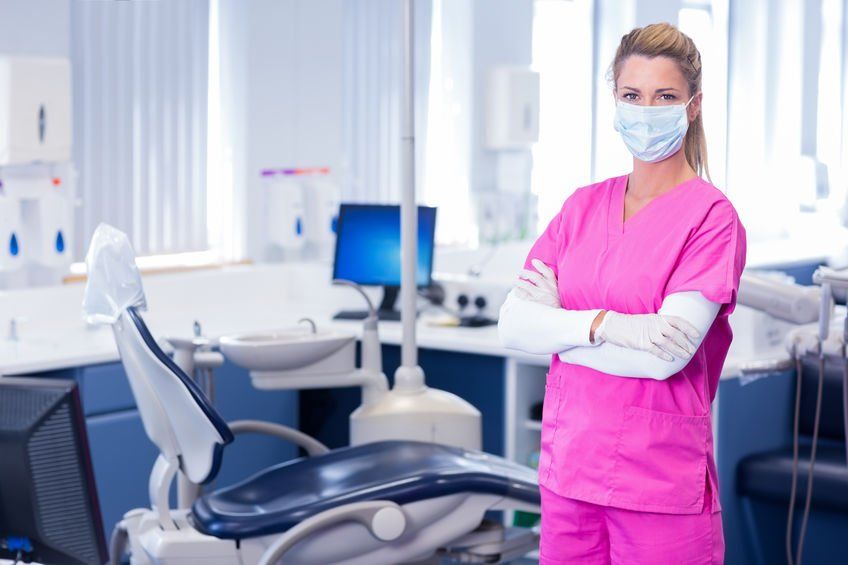Your Dentist Wears These 4 Items to Protect Your Health
- By Mary Marks
- •
- 18 May, 2021
- •

The dental office is an environment designed to treat oral-periodontal diseases, in different patients. As in other medical units, hygiene and asepsis rules are imposed in dental offices to prevent the transmission of various diseases and infections from patients to medical staff and vice versa, or even from one patient to another (cross-contamination). Given these particularities of the environment in which Highlands Ranch sedation dentistry offices carry out their activity, it is easy to understand why they wear some particular items.
Here are 4 of them:
1. The medical gown - it prevents exposure to contaminants on clothes worn on the street.
2. The cap or any other item meant to hide the doctor's hair - it has a very important role, often underestimated. It must be worn during therapeutic operations, especially those that generate large amounts of aerosols (e.g. descaling), to prevent contamination with various pathogens.
3. The oro-nasal (facial) protective mask – it protects both the patient and the dentist against the transmission of viruses and other microorganisms, while they are very exposed to each other, during the treatment.
4. Protective gloves – these are the main barrier against the transmission of dangerous pathogens from doctor to patient and vice versa.





Although oral sedation dentistry Highlands Ranch is one of the optionsavailable for managing anxiety and discomfort during oral surgery, you certainly do not need to use it all the time. As a matter of fact, the exact type of sedation or anesthesia that you receive during oral procedures may depend on various factors, such as the complexity of the procedure, your medical problems, as well as your doctor’s preferences.
There can be several different levels of sedation that can be used in oral surgery. Local anesthesia is one of them. This involves injecting anesthetic medication into the specific area where the surgery will take place. It numbs the area and is often used for less invasive procedures.
Oral sedation involves taking medication in the form of a pill to induce a state of relaxation and drowsiness. The patient is still conscious, but he/she may not be fully aware of the procedure. At any rate, sedation helps him/her get rid of anxiety.
In the case of intravenous sedation, medication is administered through a vein, which induces a deeper state of sedation than oral sedation. Patients may still be conscious, but they are less aware of their surroundings and may not remember the procedure.





